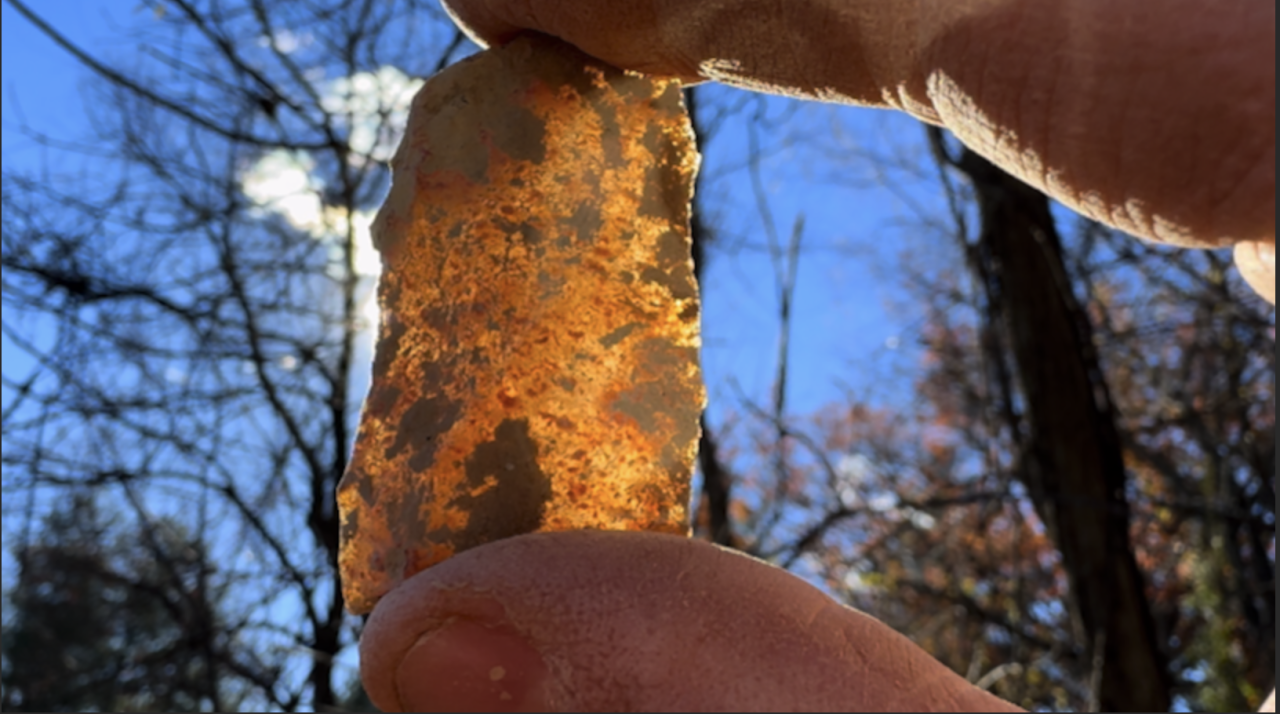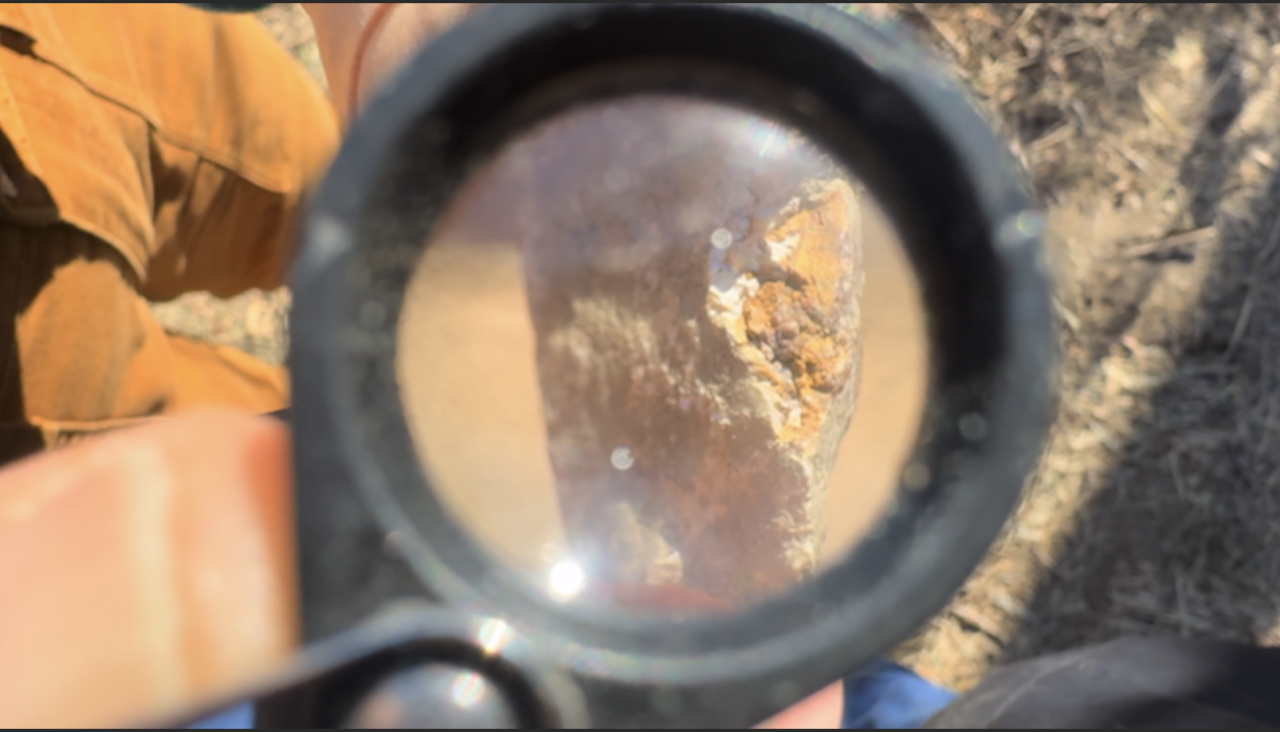BALTIMORE COUNTY, Md. — State archaeologists and geologists are working together to solve a more than 10,000-year-old mystery at the Piney Grove archaeological site near Reisterstown, building on discoveries first made in May.
State Terrestrial Archaeologist Zachary Singer and State Geologist Rebecca Kavage Adams are tracking the earliest inhabitants of this region — the Clovis people who walked these lands about 13,000 years ago, long before modern humans built the church that now stands nearby.
"Every piece of chalcedony we've found at the site has been worked. Has been flaked,” Zach updates Rebecca. "So this was the hangout and do the work site.” Zach, "Yes, this was the reduction site."

13,000-year-old mystery uncovered near Reisterstown
The Clovis people hunted animals now extinct during a time when estimates suggest only around 150 people lived in all of Maryland.
"It's a fun partnership because there's so much common sense to like people's pathways," Adams said.
Zach says what typically survives in the archaeological record from 13,000 years ago are stone tools, which researchers use as evidence to recreate how people lived during that time period.
Singer and Adams are working to prove that the paths the Clovis walked were governed by their search for a specific stone that would bring hunting success — chalcedony, a translucent stone pointing researchers to a specific time period.

"The chalcedony must have been found very nearby because we're finding lots of evidence of people breaking down larger pieces to make hunting tools," Singer said.
Chalcedony is uncommon in Maryland's archaeological record, but when researchers do find it, it's mostly associated with 13,000-year-old archaeological sites.
At the end of the last ice age, this land looked much different than today. However, the nearby stream where the team is digging was likely present then, and something made it an ideal location for the Clovis people to make their tools.
"This site is likely where people were first making those stone tools and then carrying them around the rest of the region," Singer said.
The discovery of this site was fortunate for both the ancient Clovis people and modern researchers. When a road was built here in 2001, archaeologists found the site contained a large amount of chalcedony.
Singer provided state geologists with samples from the collection to determine the type of chalcedony used to make Stone Age points.
"So I think we could even term it agate because agate is spherically banded fibrous microcrystalline and quartz," Adams said.
To make that determination, geologists had to grind back into the stone's past. Over time, the surface becomes muddled by other elements, so state geologists created billets from the interior of the provided samples. Under the microscope, an identifying pattern emerged in these samples.
With that part of the mystery solved, researchers can now focus their search for the source of that stone, bringing Adams closer to walking in the ancient steps of the Clovis people.

"Right now we're on what's known as the Cockeysville Marble. So this is a marble that underlies a good portion of Baltimore County. It's what the Washington Monument was made of," Adams said. "It's possible there's an outcrop of the Cockeysville marble that has this chalcedony that has precipitated in it."
Using GPS mapping, Adams and her colleague traverse the land to register data points of rock outcrops that could be the original source of the stone brought to the dig site during the Stone Age.
"If I am looking for a nice place to live and an easy path to walk, I'm certainly going to do that in a valley that is formed by the Cockeysville marble than hiking over a whole bunch of ridges and difficult terrain, so the two, you know, the archaeology and the geology really go hand in hand that way. I think that's neat," Adams said.
The next step in their search involves blood protein residue analysis on the tools they find. This DNA research allows scientists to extract samples from micro cracks in stone tools. By comparing them to known samples, Singer hopes to identify what these people were hunting.
"Based on blood residue and protein analysis on stone tools on the East Coast, people have found direct evidence for people 13,000 years ago hunting mammoths and mastodon and bison and extinct horse," Singer said. "We don't have that evidence yet directly from Maryland."
The emphasis is on "yet." With the evidence found during this research, a deeper story of Maryland's past is coming to light at the Piney Grove archaeological site.
This story was reported on-air by a journalist and has been converted to this platform with the assistance of AI. Our editorial team verifies all reporting on all platforms for fairness and accuracy.


